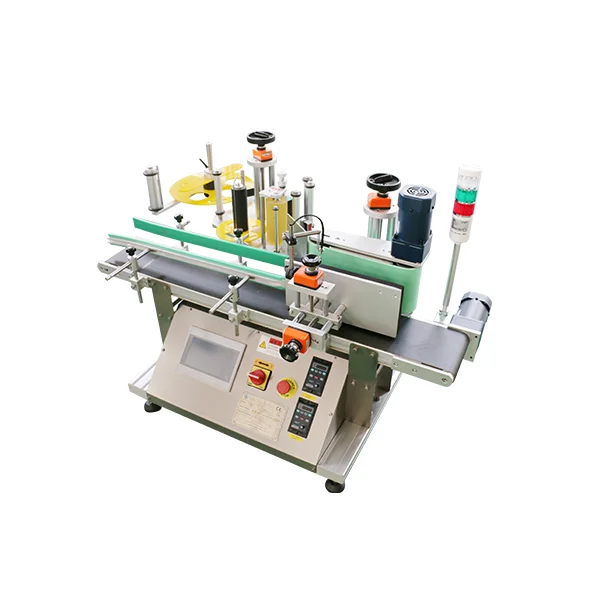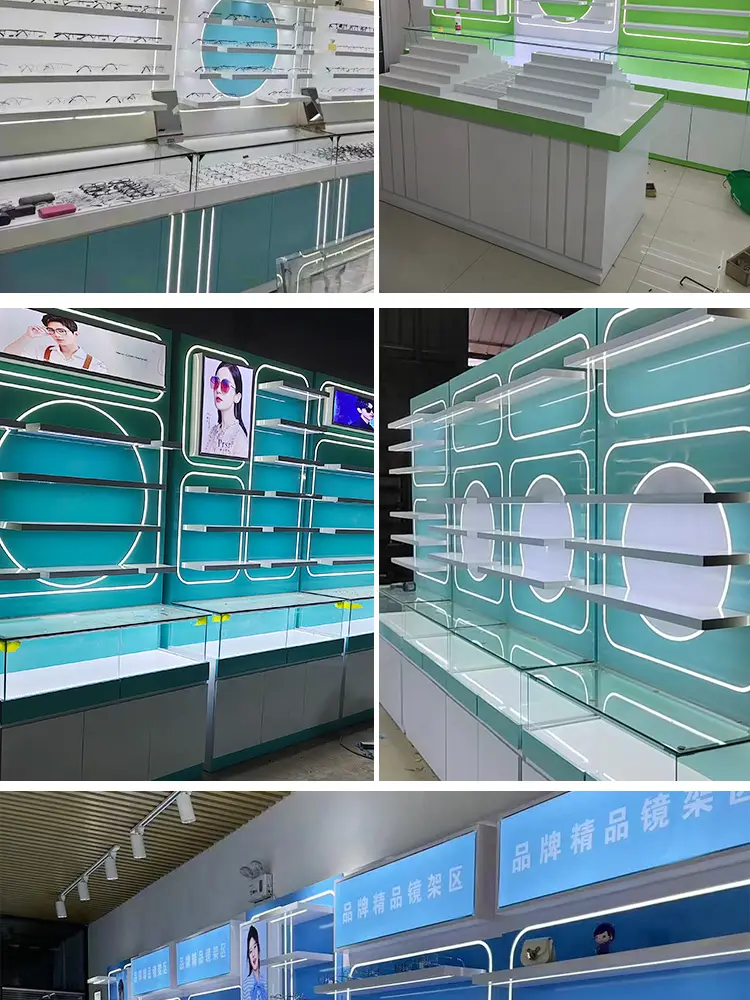When considering the gear that protects firefighters in some of the most dangerous conditions, much attention is given to materials, thermal insulation, and overall suit design. However, a component often overlooked but crucial for the integrity and functionality of firefighting gear is the fire suit zipper. The fire suit zipper is not just a simple fastener; it is an engineering marvel designed to withstand extreme conditions, protect the wearer from hazardous elements, and ensure that the suit remains intact in life-threatening situations. In this article, TYZ will delve into the engineering of fire suit zippers, exploring how they are designed and their role.

The Role of a Fire Suit Zipper in Firefighting Gear
A fire suit zipper serves as the primary closure mechanism for firefighting suits, ensuring that the suit remains securely fastened around the firefighter’s body. This zipper must function under intense heat, and exposure to flames, water, and smoke, all while maintaining its integrity and preventing any potential ingress of hazardous materials. The functionality of a fire suit zipper is twofold: it must provide a secure closure and also allow for quick and easy donning and doffing of the suit.
Firefighters operate in environments where every second counts and a malfunctioning zipper can compromise their safety or even lead to fatalities. The zipper is essential not only for keeping out harmful elements but also for allowing the firefighter to move freely and comfortably without fear of the suit opening accidentally. This requires the zipper to withstand not only the initial burst of flames and heat but also prolonged exposure to these elements during extended operations. Additionally, the zipper must resist contamination from chemicals, particulates, and biological agents, which means it needs to be robust, corrosion-resistant, and easy to decontaminate.
In essence, the fire suit zipper is the gateway that connects the outside environment to the inside of the protective suit. It needs to provide a secure seal while allowing for flexibility and ease of movement. The ability to quickly secure and release the zipper without compromising safety is paramount, especially during emergency situations where time is critical.
Engineering Design Principles of Fire Suit Zippers
The design of fire suit zippers is based on several critical engineering principles, each contributing to the overall safety and functionality of the zipper.
1. Thermal Resistance and Insulation
One of the primary design considerations for a fire suit zipper is its ability to resist high temperatures. Fire suit zippers are often exposed to temperatures that can exceed 500 degrees Fahrenheit (260 degrees Celsius). To prevent failure in these conditions, zippers are made from materials that have high melting points and low thermal conductivity.
To ensure that the zipper performs optimally in high-heat environments, engineers must consider not just the melting point of materials but also their ability to insulate and reflect heat away from the core components. For example, brass and stainless steel are favored for their superior heat resistance compared to plastic zippers. However, even metals can conduct heat to the interior of the suit, which can be dangerous. As a result, many zippers are designed with a protective flap or barrier that covers the zipper area, providing an additional layer of thermal insulation.
Moreover, the design of the zipper teeth is crucial. They are often interlocked in a way that minimizes the exposure of their surfaces to direct flames. The use of specialized coatings, such as heat-reflective or flame-retardant treatments, further enhances the zipper's ability to perform in extreme temperatures. These coatings help prevent the accumulation of heat on the zipper's surface, reducing the risk of burns or other heat-related injuries to the wearer.
2. Structural Integrity and Durability
The zipper must also maintain its structural integrity when exposed to the physical demands of firefighting. This includes not only heat but also mechanical stress such as pulling, tugging, and bending. The zipper tape, which is the fabric portion of the zipper to which the teeth are attached, is typically made from aramid fibers like Kevlar or Nomex.
Kevlar is known for its high tensile strength, which means it can withstand the stress of being pulled in multiple directions without tearing or stretching. Nomex, on the other hand, provides excellent heat resistance, ensuring that the fabric does not ignite or degrade when exposed to flames. Together, these materials ensure that the zipper can withstand not only the immediate rigors of firefighting but also the cumulative wear and tear over time.
The teeth themselves are often designed with a "zigzag" pattern that allows them to distribute stress more evenly across the zipper, reducing the risk of failure at any single point. Additionally, the stitching used to attach the zipper to the suit is reinforced and often uses flame-resistant threads to ensure that the entire assembly remains intact in all conditions. Reinforced stitching patterns, such as box-and-cross stitching, are commonly used to provide additional strength at key stress points along the zipper path.
3. Chemical and Moisture Resistance
Firefighters often encounter a variety of chemicals, both in the form of hazardous materials and in the extinguishing agents they use. The fire suit zipper must be resistant to corrosion and degradation caused by exposure to chemicals, oils, and other substances.
This is achieved by using corrosion-resistant materials for the zipper components and applying protective coatings to the metal parts. For instance, many metal zippers are coated with a layer of nickel or another non-reactive metal to prevent rust and corrosion. Some high-end zippers may even use a combination of materials and treatments to protect against specific chemicals or environmental conditions. The use of stainless steel, with its natural corrosion resistance, is another common solution for these applications.
Moisture resistance is equally important, especially when considering the use of water and foam in firefighting. Zippers are designed with watertight seals and barriers to prevent water penetration, which could compromise the thermal protection of the suit and pose a risk to the wearer. In many cases, fire suit zippers are designed with a special polymer coating that repels water, preventing it from seeping through the zipper teeth or tape. This feature is critical in preventing burns caused by steam or scalding, which can occur if water penetrates the suit and comes into contact with the skin.
4. Ease of Operation
While safety and durability are paramount, ease of operation is also a crucial design aspect of fire suit zippers. In emergency situations, firefighters must be able to don and doff their suits quickly.
To facilitate this, zippers are designed to be easily operable, even with gloved hands. This involves selecting zipper pulls that are large enough to be grasped easily, as well as incorporating smooth, low-resistance movement in the zipper mechanism itself. Firefighters gloves are often bulky and can make fine motor skills more challenging, so the design of the zipper pull needs to compensate for this by being larger and more tactile.
Furthermore, the slider, which moves up and down the zipper chain, is engineered to function smoothly without catching or snagging, ensuring quick and reliable operation. Some zippers also incorporate self-lubricating materials or coatings, which reduce friction and make the zipper easier to operate in all conditions. Additionally, some zippers are designed with a double slider mechanism, allowing the suit to be opened from both the top and bottom for added flexibility and ease of access in different scenarios.
The fire suit zipper, while often overlooked, is a critical component of firefighting gear. Its design, materials, and construction are all carefully engineered to ensure it provides reliable protection and functionality under the most extreme conditions. The fire suit zipper is not just a functional component but a lifeline for firefighters. Its reliability and performance can mean the difference between life and death.
https://www.tianyizip.com/Fire-Retardant-Zipper
www.tianyizip.com
Wuxi Tianyi Zipper Manufacturer Co.,Ltd.



